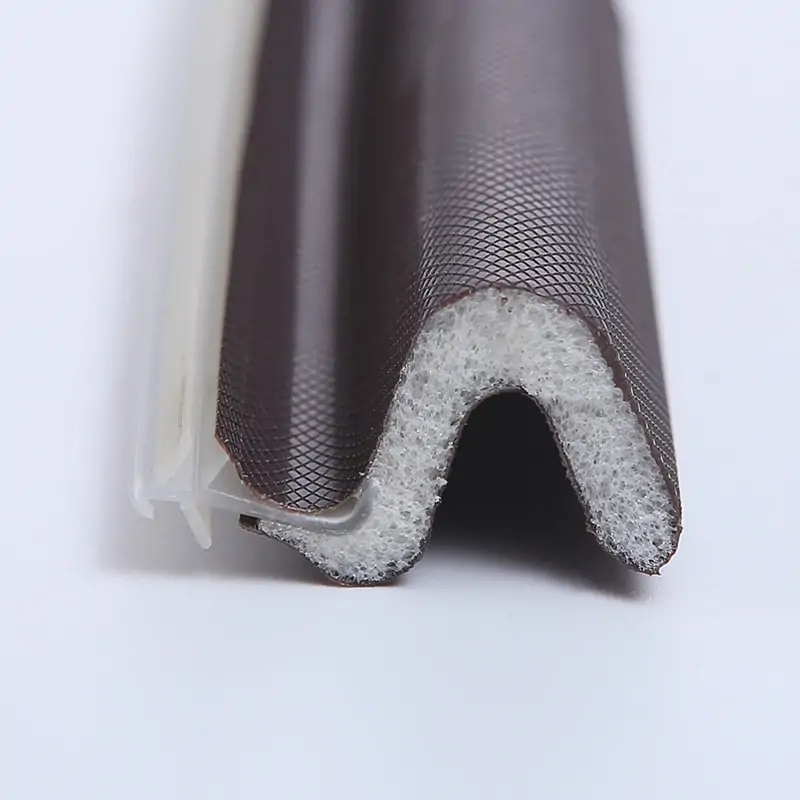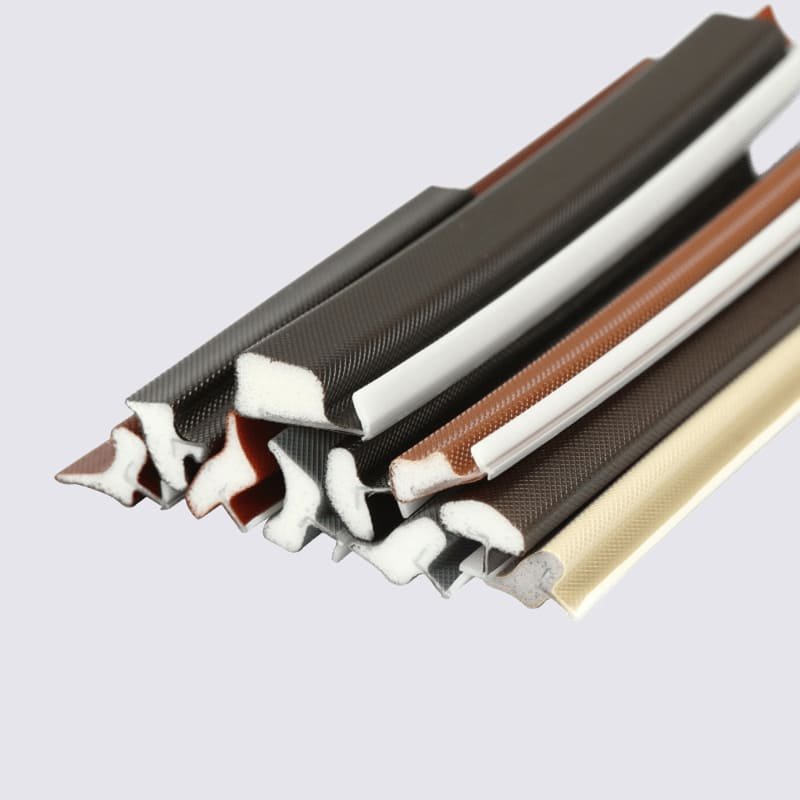Using weather stripping for doors is important for maintaining energy efficiency and comfort in residential and commercial buildings. It helps reduce energy costs and improve indoor comfort by sealing gaps and preventing drafts. In this complete guide, we will cover everything you need to know about weather stripping for doors, including its purpose, types, materials, and installation tips.
Weatherstripping is used to seal air leaks around moving parts like doors and windows. It stops drafts, dust, moisture, and bugs from getting inside, which makes your home more comfortable and energy efficient. For stationary parts, you use caulk to fill gaps and cracks.
Knowing the importance and types of weather stripping can help you make better decisions for your projects.
What Is the Purpose of Weather Stripping Doors?
Weatherstripping is a material you put along the edges of doors and windows to seal gaps and keep air, dust, moisture, and bugs outside. This helps keep the temperature inside your home right where you want it, saves you money on your energy bills, and makes you more comfortable.
Where Do You Put Weather Stripping on a Door?
Weather stripping can be applied to different parts of a door, such as the sides, top, and bottom. Adhesive-backed options are easy to apply; just peel off the backing and press the strip firmly onto the door frame. For door sweeps, attach them securely at the bottom of the door using screws.
Is Weather Stripping Necessary?
Yes, weather stripping is important for saving energy. According to the U.S. Environmental Protection Agency’s Energy Star program, air leaks in homes are estimated to account for 25 to 40 percent of heating and cooling energy loss. Good weather stripping can greatly reduce these losses.
What Are the Three Types of Door Weather Stripping?
There are various types of weather stripping available, each suited for different applications:
Plain or Reinforced Felt Weatherstrip: Cheap and easy to install, but not as durable.
Metal Weatherstripping: More durable and effective, but can be harder to install.
V-Strips (Tension Seal or Tension Strips): Durable, self-stick plastic or metal strips that are folded into a V shape that spring open to fill gaps.
Types of Weather Stripping and Thresholds for Doors
There are various materials used for weather-stripping doors.
V Strip: Tough and sticky, great for door frames.
Door Sweeps: Flat pieces with a strip of nylon, plastic, or vinyl to seal the gap at the bottom of doors.
Rubber and Vinyl Gasketing: Seals the door frame well.
Weather Stripping Materials
Weatherstripping materials come in many different types that vary in terms of how long they last, how much they bend, and how easy they are to put on. Here are some common types of weatherstripping:
- 1. Felt: Often reinforced with a metal strip, felt is cheap and easy to install but not very durable.
- Foam: Foam weather stripping is easy to install and provides a good seal, but it doesn’t last as long as other materials.
- 2. Rubber: Rubber weather stripping is durable and provides an excellent seal. It is often used in high-traffic areas and for sealing larger gaps.
- 3. Vinyl: Vinyl is durable and flexible, making it suitable for a variety of applications. It provides a good seal and is relatively easy to install.
Door Frame Weather Stripping
Put some weather stripping around the door frame to close up any gaps around the edges so that air doesn’t come in from the sides or top. You can use adhesive-backed strips or metal weatherstripping to make sure it stays in place.
Door Weather Stripping Bottom
To make sure drafts and bugs don’t come in, you need to put a door sweep on the bottom of your door. Make sure it’s on there tight and lined up with the door frame.
Weather Stripping Car Door
Just like how buildings have doors, cars have doors too. And, just like how doors on buildings have weather stripping to keep drafts and water out, car doors have weather stripping too. You’ll usually find rubber weather stripping on car doors.
Rubber Weather Stripping
Rubber weather stripping is versatile and durable, which makes it great for a variety of uses like doors, windows, and cars. It creates a tight seal and holds up well.
Summary:
Weatherstripping is necessary to improve energy efficiency, comfort, and protection from the elements. Understanding the different types of weather stripping and their uses will help you make informed decisions to improve the performance of doors in homes and businesses. For weatherstrip wholesalers and the architectural materials industry, offering high-quality weather-stripping products will meet the needs of customers who care about energy.




